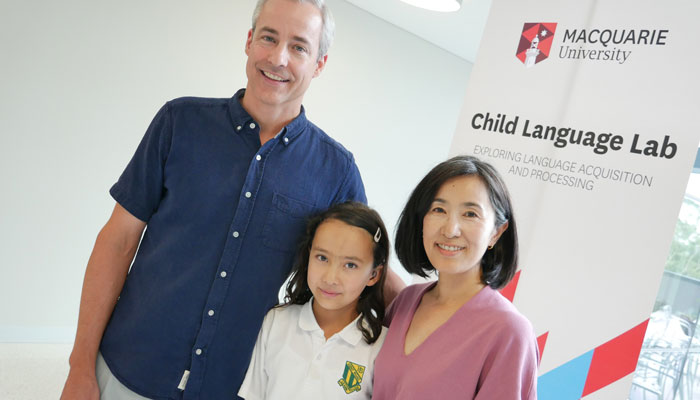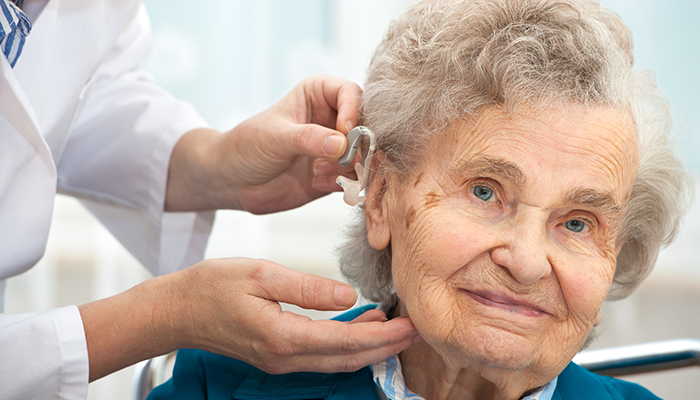The World Health Organisation will launch the first World Report on Hearing in May at the World Health Assembly.
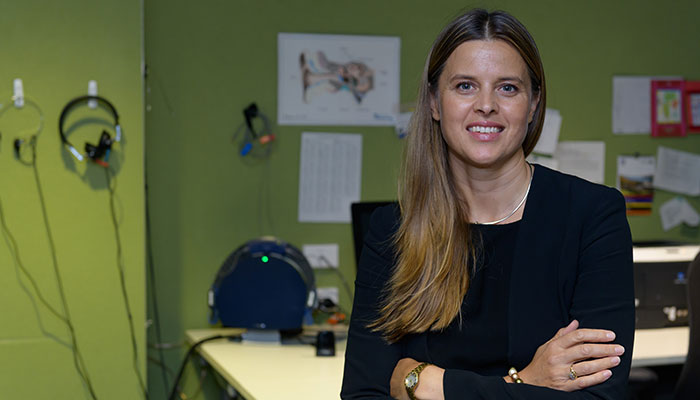
World leader: Professor Catherine McMahon, who contributed to the first World Report on Hearing to be released in May 2020, says the key messages are prevention, protection and treatment.
Macquarie University’s Director of Audiology, Professor Catherine McMahon, who has worked with the team preparing the report, says that it will prompt a greater focus on a growing public health issue.
“Hearing loss is often considered to be a normal part of aging and therefore not particularly important,” says McMahon. “But we now know how much it ties into social inclusion, employment and mental health.”
One in six people in Australia experience some form of hearing impairment, and a recent Lancet report suggests that hearing loss in mid-life is the biggest modifiable risk factor associated with getting dementia in later life.
An international health problem
The new global report is expected to provide some important international data on hearing loss prevalence and will help tie Australia’s own comprehensive national Roadmap for Hearing Health, launched more than a year ago, into an international framework.
“The WHO report will enable global unified action around hearing, and is an opportunity to raise awareness of why hearing loss is a major public health problem for adults,” McMahon says.
It’s the same whether you're in Australia, the UK, the US or Canada – it doesn’t matter what kind of health system you have, we still find the same small proportion of people using devices.
The report will show that hearing needs to be put into a public health framework to clearly identify big-picture strategies to manage it in the wider population. “There are very few researchers and professionals in ear and hearing care who work in public health, relative to vision care," she says.
A decade ago, a similar situation in global vision health saw an uptake in ophthalmologists to gain public health qualifications. This led to an expansion of vision services and research in public health. The very successful international program to reduce sight loss, Vision 2020, was the result, and the number of people blind or vision-impaired globally now sits at 253 million.
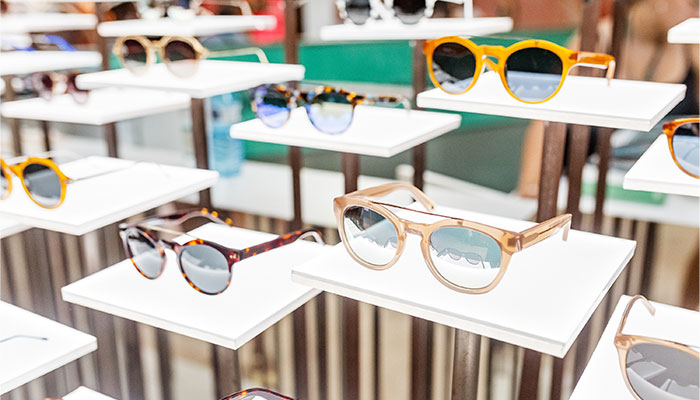
Image problem: McMahon says while spectacles are seen as a stylish accessory, hearing aids are not regarded as fashionable in any way, with statistics showing people affected by hearing loss avoid using them.
Folowing global action, the age-standardised prevalence of vision loss has dropped from 3.0 per cent in 1990 to 1.9 per cent in 2010.
Currently, more than 5 per cent of the global population suffers disabling hearing loss. “It now affects around 466 million people and is estimated to reach 900 million people by 2050,” McMahon says.
She says that WHO’s hearing report has the potential to achieve similar outcomes to the vision health report, through strategic focus on reducing hearing loss and global efforts to address this.
Limited uptake of hearing devices
McMahon says that one of the big issues around hearing loss in older adults is the very limited uptake of hearing devices. Changing that trajectory is one of the major challenges in the hearing field, she says.
Globally, about a third of people over 65 have a measurable hearing loss – but only about 25 per cent of these people use hearing devices. Comparing statistics across different countries shows that cost is not the key reason.
“It’s the same whether you're in Australia, the UK, the US or Canada – it doesn’t matter what kind of health system you have, whether health care is government provided or user-pays, we still find the same small proportion of people using devices,” says McMahon.
Hearing loss causes social isolation, depression and anxiety, and it can also lead to cognitive changes. But as people lose their hearing, they aren’t getting help.
“We are now realising that our messaging is wrong; we are trying to filter everyone through a standard clinical model, and this isn't working.”
Losing the stigma
There’s a stigma that links hearing aids to ageing, says McMahon, and that dissuades some people.
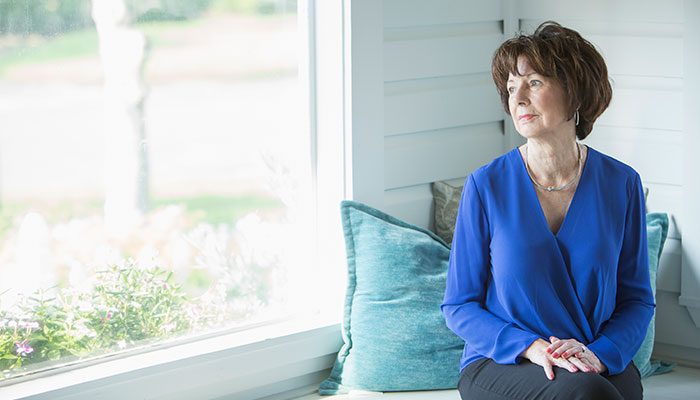
Stigma: hearing aids are seen by many sufferers of hearing loss as a sign of aging and therefore uptake is limited.
But hearing aid users are also often dissatisfied because, while the devices can be helpful in ideal conditions, users still struggle to hear in some environments. “We can improve hearing in many cases, but we can’t make people 20 again,” she says.
“Unlike spectacles, which correct your vision to normal in most cases, hearing aids compensate for hearing loss, they don’t fix the problem – so they are ‘assistive’ rather than corrective.”
The daggy reputation of hearing devices could be on the wane though, following recent changes in US regulations.
Glasses can also be a stylish accessory, McMahon says – while hearing devices are quite the opposite.“Hearing aids have never been fashionable or seen as glamorous."
The daggy reputation of hearing devices could be on the wane though, following recent changes in US regulations that allow devices which addressed mild to moderate hearing loss to be sold in the direct-to-consumer market.
“Technology is evolving really quickly, and the cost of developing hearing assistance that couples with smartphones is so much less than the bespoke technology of a discrete hearing aid,” says McMahon.
Big players, cool hearing
Some big players in the audio market are now moving into this space, says McMahon.
“Big electronics manufacturers like Dolby and Bose have spent decades looking into how to best improve their signal to noise ratio for other purposes; and they are now looking at using that experience to increase accessibility,” she says.
McMahon believes that avoiding a medical or health pathway could reduce stigma and improve the acceptability of hearing assistance devices, just as glasses can be picked up from a pharmacist without having an eye test.
“Audio companies have worked for years on enhancing speech and reducing noise, which is exactly what you need with hearing aids,” she says.
Hearing is highly associated with ageing, but by intervening early and reducing the risk of hearing loss by using earplugs or reducing the levels of noise you listen to, you can slow down the trajectory, she says.
And, just as importantly, once you have some hearing loss, using assistive devices can ensure that you don’t experience social isolation and consequent related health decline.
“Prevention, protection, and treatment are the three key messages we are hoping to get across during World Hearing Day this year,” she says.
Professor Cath McMahon is the Head of Audiology in the Department of Linguistics at Macquarie University


